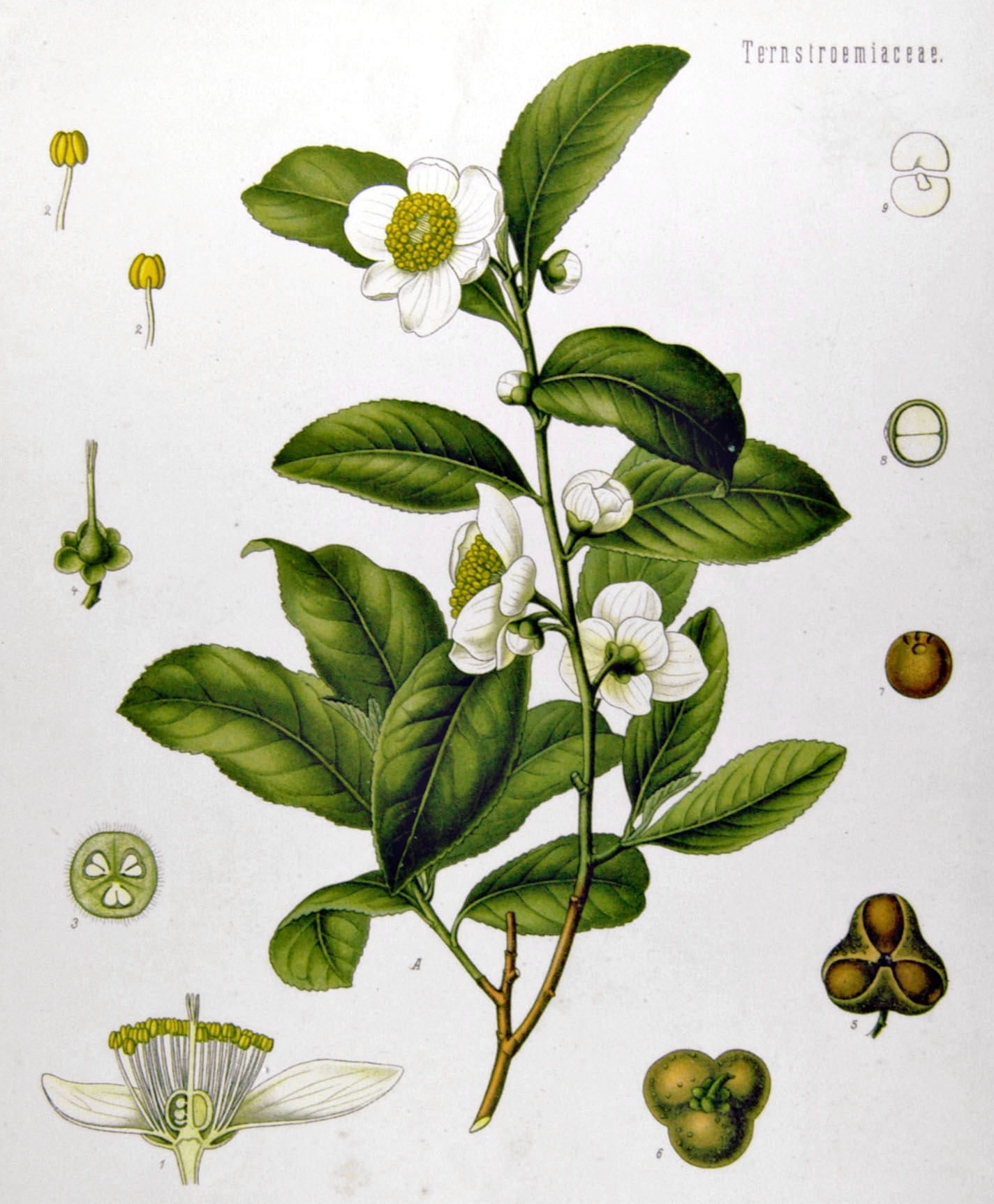|
Thai Tea
Thai tea ( th, ชาไทย, , ) is usually known as a Thai drink made from Ceylon tea, milk and sugar, and served hot or cold. It is popular in Southeast Asia and is served in many restaurants that serve Thai food. When served cold it is known as Thai iced tea (, , ; ) Although Thai tea is normally referred to Thai iced tea, there are also other kinds of tea can be referred as Thai tea. For instance, the Thai traditional herbal teas which is formulated based on Thai traditional medicine can also be called as Thai tea. Thai Oolong tea can also be referred as Thai tea which is oolong tea steamed with ginger (Zingiber officinale), lemongrass (Cymbopogon citratus), and celery. Ingredients The drink is made from strongly brewed Ceylon tea, or a locally grown landrace (traditional or semi-wild) version of Assam known as ''bai miang'' (). The tea is sweetened with sugar and condensed milk and served chilled. Evaporated milk, coconut milk Coconut milk is an opaque, milky- ... [...More Info...] [...Related Items...] OR: [Wikipedia] [Google] [Baidu] |
Milkshake
A milkshake (sometimes simply called a shake) is a sweet beverage made by blending milk, ice cream, and flavorings or sweeteners such as butterscotch, caramel sauce, chocolate syrup, fruit syrup, or whole fruit into a thick, sweet, cold mixture. It may also be made using a base made from non-dairy products, including plant milks such as almond milk, coconut milk, or soy milk. Milkshakes originated in the United States around the turn of the 20th century, and grew in popularity following the introduction of electric blenders in the subsequent two decades. They became a common part of youth popular culture, as ice cream shops were a culturally acceptable meeting place for youth, and milkshakes became symbolic of the innocence of youth. Preparation Full-service restaurants, ice cream shops, soda fountains, and diners usually prepare the shake in a milkshake machine. At home, a blender is more commonly used. Milkshakes may be made from any flavor of ice cream; additional ... [...More Info...] [...Related Items...] OR: [Wikipedia] [Google] [Baidu] |
Tea By Country
Tea is an aromatic beverage prepared by pouring hot or boiling water over cured or fresh leaves of ''Camellia sinensis'', an evergreen shrub native to East Asia which probably originated in the borderlands of southwestern China and northern Myanmar. Tea is also rarely made from the leaves of '' Camellia taliensis''. After plain water, tea is the most widely consumed drink in the world. There are many different types of tea; some have a cooling, slightly bitter, and astringent flavour, while others have vastly different profiles that include sweet, nutty, floral, or grassy notes. Tea has a stimulating effect in humans primarily due to its caffeine content. An early credible record of tea drinking dates to the third century AD, in a medical text written by Chinese physician Hua Tuo. It was popularised as a recreational drink during the Chinese Tang dynasty, and tea drinking subsequently spread to other East Asian countries. Portuguese priests and merchants introduced it to ... [...More Info...] [...Related Items...] OR: [Wikipedia] [Google] [Baidu] |

